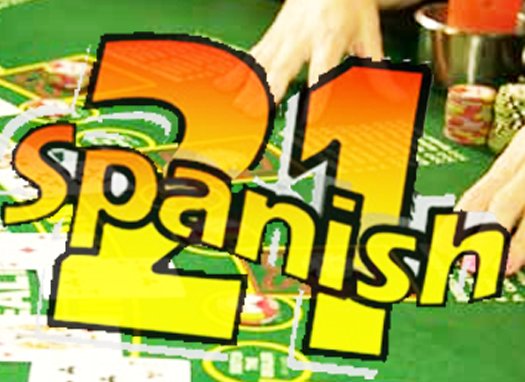
What Is Spanish Blackjack?
Getting to know the basics of Spanish Blackjack can help you be a more successful player at the table. You’ll want to read about the similarities and differences of the game, the strategy you can use to split pairs, and the payouts you can expect. You’ll also learn about double-downs and payouts.
Strategy for splitting pairs
Optimal Spanish Blackjack strategy requires a lot of thought. It involves knowing the best possible moves for each hand, based on the dealer’s card, the number of decks, and other factors.
One of the best strategies to improve your odds is to split pairs. This tactic allows you to take the aces you have and pair them with the picture card, which is a ten-value card. Usually, players only get one card for each ace. This strategy is important because it opens up more chances to hit a 21. It also has the added bonus of increasing the game’s variance.
While splitting a pair of aces is a good idea, it’s not always the best move. Similarly, it’s not always the best offensive move. Rather, the best strategy is the one that gives you the highest odds, while still being able to take advantage of a winning hand.
The best possible pair split is the one that results in the best total. It’s also the one that allows you to double after you split, which is a great way to increase your winnings.
Double down after splitting
Several Spanish 21 games allow you to double down after splitting. This feature is beneficial because it allows you to take advantage of favorable situations. For example, you might be able to double down after splitting a pair of aces.
You may also double down after splitting a pair of two’s. Spanish 21 has a special rule that allows you to double down after splitting any number of cards. You can double down up to three times after splitting.
Another advantage to doubling down after splitting is that you can purchase insurance. This insurance pays 2 to 1 if the dealer has an Ace up. You can also buy insurance on any hand if the dealer has a Blackjack. You may also bet half your bet to protect against a dealer’s Blackjack.
If you do not want to double down after splitting, you can still make a side bet called Match the Dealer. This side bet pays 2 to 1 if your initial two cards match the dealer’s up card. This side bet is optional and does not affect the main game.
Payouts for blackjack
Depending on the rules, you may receive a higher payout for certain types of hands. These bonuses increase the game’s variance and add entertainment value. Spanish Blackjack is considered to be one of the most popular variations of blackjack.
Spanish 21 is played with a Spanish deck, which contains 48 cards. This is different from the classic blackjack deck which contains only 10. This allows for more ways to win, which offsets the house edge.
When playing Spanish 21, you are able to double down, and split more often. You may also purchase insurance if the dealer has an Ace up. If you have blackjack, you will be paid 2 to 1. You can also bet half of your bet for insurance.
Depending on the rules, you may also be able to double down after splitting. If you are confident about your hand, you may want to double down. However, you may only double down up to eight times per hand.
Similarities to traditional blackjack
Despite the similarities between Spanish Blackjack and traditional blackjack, there are some important differences. The house advantage is less in Spanish 21. This means that players will have a better chance of making a profit.
Spanish 21 is also played with a 48-card Spanish deck, instead of a 52-card deck. This means that there are less ten-value cards in the deck. This reduces the chance that the dealer will hit a blackjack, which increases the house edge. The game also has a few side bets.
The main advantage of Spanish 21 is that it has fewer 10-value cards in the deck. This reduces your chances of busting, and increases your chances of winning a bonus hand. For example, you could win a bonus if you have a pair of aces and a 5-card hand.
Aside from this, Spanish 21 also allows doubling down after you’ve split aces. In classic blackjack, you have to double down after you’ve taken your first two cards. In Spanish 21, you can double down as many times as you want, and you can double down as soon as you want. The goal in Spanish 21 is to create a hand that is closer to 21 than the dealer’s.
